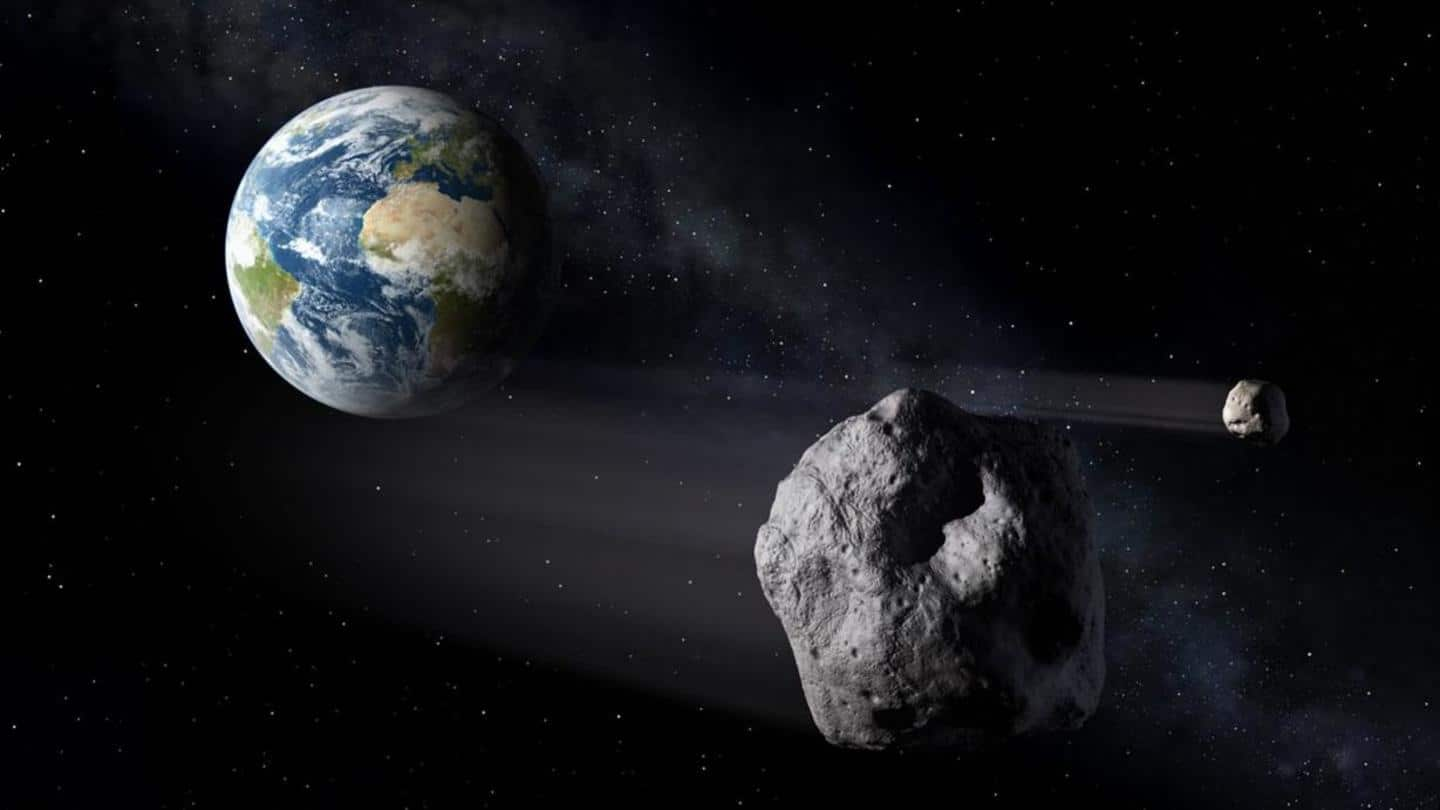
China devising planetary defense mission in 2026; targeting near-Earth Asteroid
What's the story
China is set to enter the planetary defense game by targeting the potentially hazardous asteroid 2020 PN1 in 2026. Details about the near-Earth asteroid defense system demonstration and verification test mission were revealed in a lecture by Long Lehao, chief designer of China's Long March rocket series. It was earlier thought that China was targeting 2025, but plans seem to have changed.
Context
Why does this story matter?
Have you forgotten about the seven-mile-wide asteroid that may have wiped out dinosaurs? If that did happen, planetary defense is important, isn't it? Interestingly, despite years of research, we have not found an asteroid that poses an imminent threat to us. Therefore, China's attempt can be seen as a direct challenge to the USA's space domination - a post-cold war quest to dethrone NASA.
The mission
The deflector mission will have a separate impactor and orbiter
The China National Space Administration's (CNSA) mission to deflect the 2020 PN1 asteroid in 2026 will include a separate impactor and an orbiter. While the former will impact the near-Earth asteroid, the latter spacecraft will make observations about the deflection attempt. The mission will be launched in a Long March 3B rocket, which is known to be a workhorse.
Information
2020 PN1 is an Earth-crosser asteroid
The asteroid China plans to target in 2026 is called 2020 PN1. It belongs to the Aten group and is a temporary horseshoe or co-orbital companion to Earth. The Earth-crossing asteroid was discovered in 2020 and it is estimated to be 40m in diameter.
Planetary defense
China plans to develop a full-fledged planetary defense system
China's research on kinetic impactors has been going on for a while. Previously published papers on 'Assembled Kinetic Impactors' and the more advanced 'Enhanced Asteroid Impactor' are examples of research in the field. In January, CNSA published a white paper about plans to construct a near-Earth defense system. The space agency also talked about its plans to establish a warning system in April.
Similarities
China's mission is similar to NASA's DART and ESA's Hera
China's proposed kinetic asteroid defense mission appears to have similarities to NASA's DART (Double Asteroid Redirection Test) and ESA's Hera missions. DART will collide with Dimorphos, a moon orbiting asteroid Didymos, in September, while Hera will observe Dimorphos and Didymos later this decade to understand the effects of DART collision. Together, the two are known as Asteroid Impact and Deflection Assessment (AIDA) collaboration.